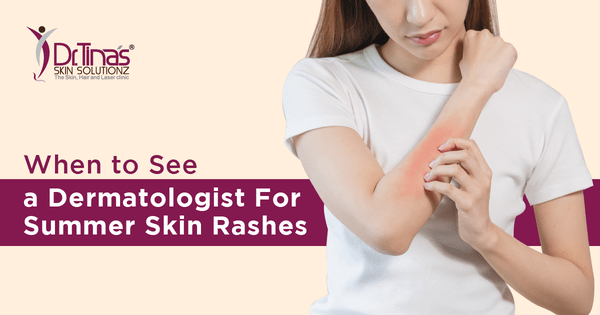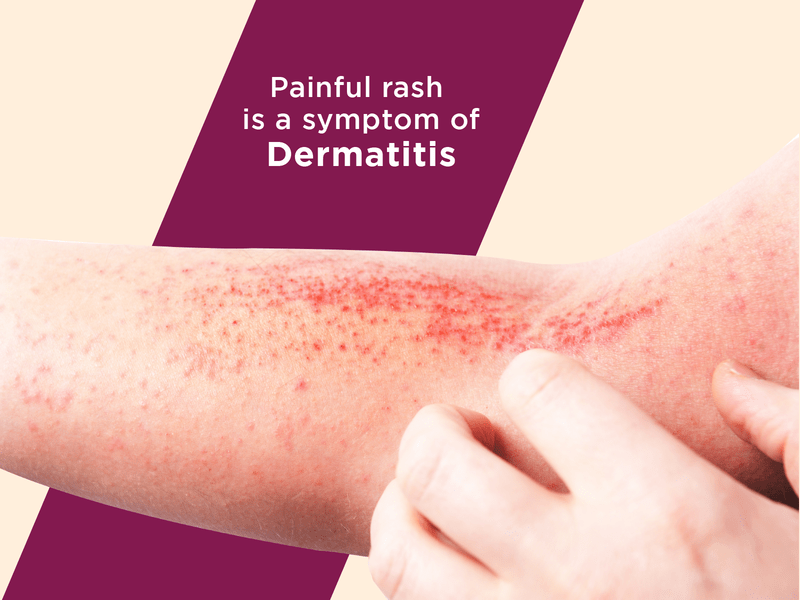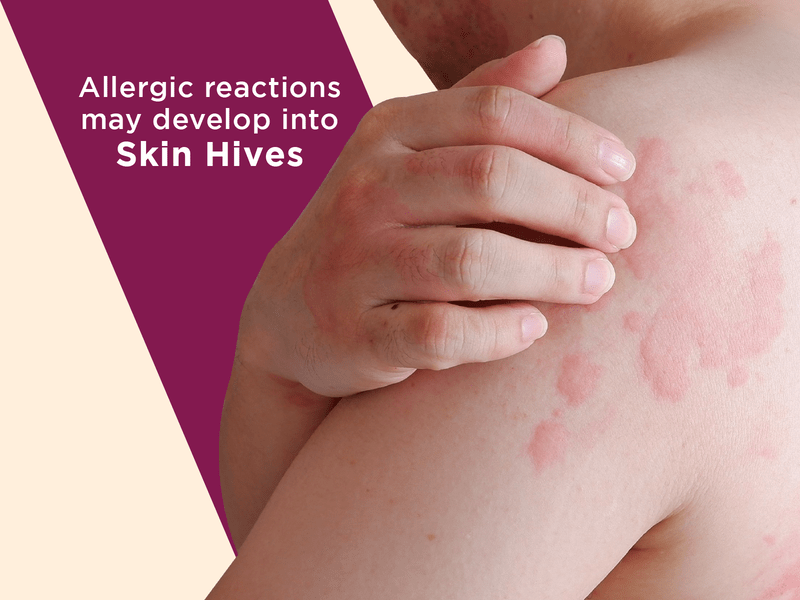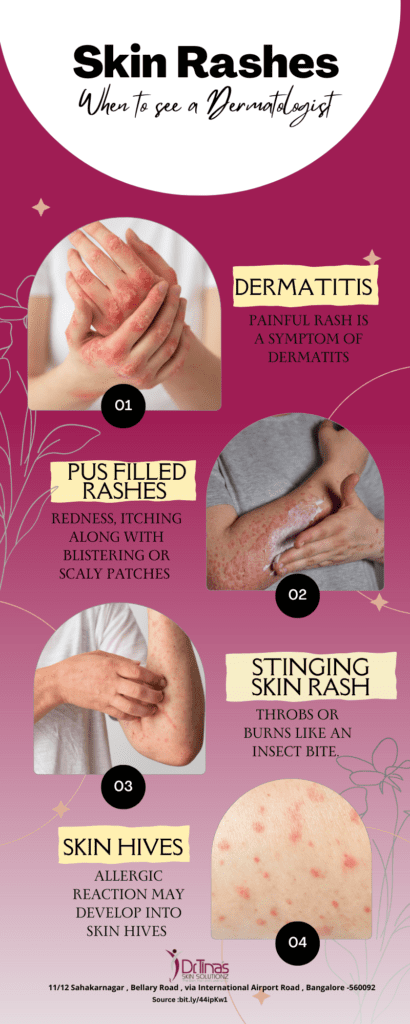When to See a Dermatologist for Your Summer Skin Rashes
Summers are wonderful times. The sun shines brightly, the air is fresh and carries a hint of moisture, and it always feels invigorating to step outside. However, as temperatures soar, so does our skin's sensitivity, leading to a variety of skin issues, commonly referred to as 'heat rashes'. Much like sunburn, these rashes cause the skin to turn red and inflamed. Heat rashes tend to be itchy, filled with pus, and can appear even on areas not exposed to direct sunlight. They are triggered by a rapid increase in temperature that the body struggles to adapt to. Due to excessive sweating and friction during summer, these rashes flare up around hair follicles and sweat glands—areas like the armpits, groin, and back, where clothing causes irritation.
While to the untrained eye, most rashes may seem similar and treatable with over-the-counter antihistamines or hydrocortisone creams, consulting a dermatologist in Bangalore can provide deeper insights into your skin condition and potentially alter the course of treatment.
Here are some signs indicating when you should seek professional help for your summer skin rashes:
1. Rapidly Spreading Rash 2. Painful and Burning Rash 3. Itchy and Painful Hives 4. Swelling and Pus Accumulation If a rash starts to spread quickly, particularly across your face, neck, arms, or back, it's a clear sign of concern. Keep an eye out for any reddening, swelling, or irritation that extends beyond 10% of your skin surface. For a rough estimate, consider the area covered by the palm of your hand.
In severe cases, rashes might be accompanied by mild fever, joint pain, deep tissue irritation, muscle aches, and even difficulty in breathing or swallowing. Commonly, these symptoms point towards a viral rash.
Dermatitis involves skin flare-ups in response to allergens or irritants. There are three common types: atopic dermatitis (eczema), seborrheic dermatitis, and contact dermatitis. Although this condition isn't contagious, it can cause significant discomfort and affect self-esteem. While regular moisturizing helps manage symptoms, it's best to consult a dermatologist early for prescribed medicated ointments, creams, and shampoos.
Not all rashes come with itching or discomfort. If your usual summer rash starts to throb or feel like a burn or insect bite, it requires more than just home remedies. A painful rash is a key symptom of Shingles, or herpes zoster, caused by the varicella-zoster virus—the same virus responsible for chickenpox.
Even though people who’ve had chickenpox are unlikely to experience a recurrence, it’s worth noting that the virus can stay dormant in nerve tissues. Emotional stress can sometimes reactivate the virus, causing painful rashes due to a weakened immune system. This happens when the virus spreads to specific nerve fibers, particularly along the back and neckline.
If left untreated, a slowly spreading painful rash can develop into blisters that eventually burst and crust over larger skin areas.
Hives result from allergic reactions to physical triggers, ingested substances, or contact with certain materials. When the body encounters an allergen, it releases histamines into the bloodstream. These chemicals are meant to protect the body from infections caused by various allergens and pathogens. Common allergens include pollen, medications, food, pet dander, and insect bites.
It's crucial to identify allergies as a cause of hives, but other factors such as stress, tight clothing, excessive exercise, illnesses, and even prolonged sun exposure can also lead to hives.
Rashes are inflammatory responses that alter skin texture, causing redness, itching, blistering, and raised patches. Lymph nodes filter body fluids and circulate them through the bloodstream for toxin removal. Usually, they're not noticeable, but they swell when the body undergoes an autoimmune response. When rashes and swollen lymph nodes occur together, the rash may swell and accumulate pus.
Seek advice from your dermatologist and explore skin allergy treatments in Bangalore without delay when your summer rash escalates. Early diagnosis can prevent further skin damage.
Dr. Tina Ramachander is among the best dermatologists in Bangalore and serves as the Medical Director at Dr. Tina’s Skin Solutionz, a renowned skin care clinic in Bangalore. She holds a master’s degree in dermatology from JJM Medical College in Karnataka and is currently practicing as a dermatosurgeon and Medical Cosmetologist in Bangalore. Benfotiamine powder,Benfotiamine supplement,Benfotiamine for kids Xi'an Sentian Biotechnology Co., Ltd. , https://www.sentianbio.comWhen to Consult a Dermatologist for Summer Skin Irritations

Signs Indicating Need for Skin Rash Treatment
Rapidly Spreading Rash

Painful and Burning Rash
Itchy and Painful Hives

Swelling and Pus Accumulation

